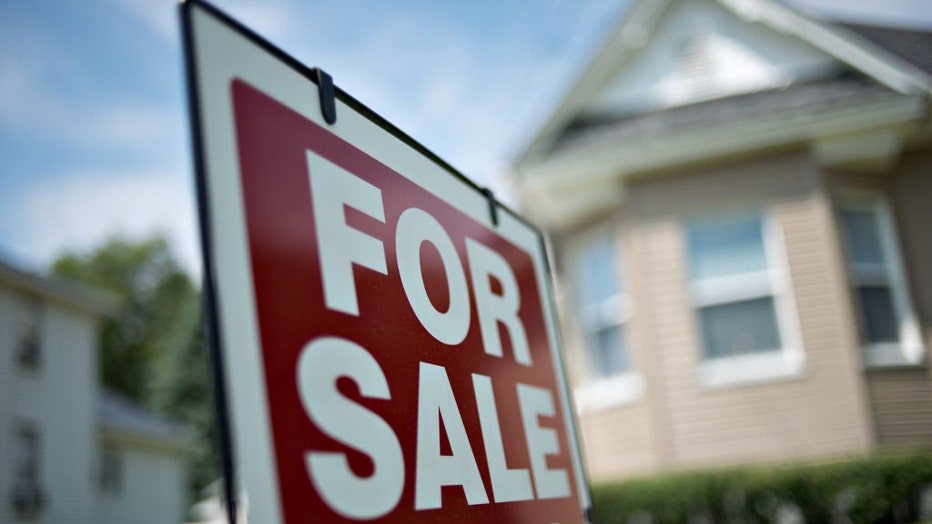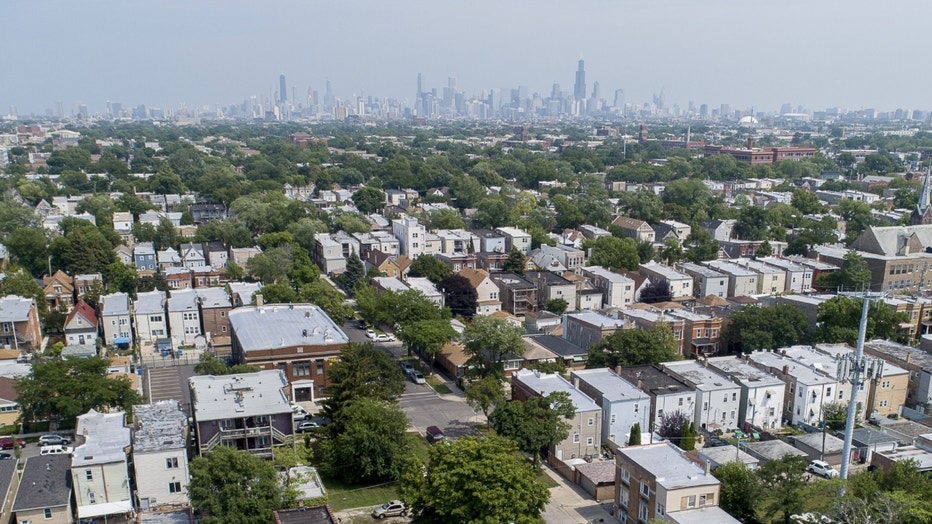Illinois needs 227,000 more homes by 2030 to keep up with demand, new report says

Illinois needs 227,000 more homes to meet demand, new report finds
Nearly a quarter of a million new homes will have to be built in Illinois over the next five years to keep up with rising demand, according to a new report.
LA GRANGE, Ill. - Nearly a quarter of a million new homes will have to be built in Illinois over the next five years to keep up with rising demand, according to a new report.
As it stands, the state’s existing housing stock is about 142,000 units short of current demands, the researchers said.
The report, titled "You Can’t Buy What You Can’t Afford: Illinois’ Housing Shortage and Ways to Fix It," was produced by the nonpartisan Illinois Economic Policy Institute (ILEPI) and the Project for Middle Class Renewal (PMCR) at the University of Illinois at Urbana-Champaign.
Higher demand for fewer homes
By the numbers:
One of the most significant factors in the housing shortage is the increase in demand around the state.
Rising incomes and the robust job growth in Illinois have fueled that increase in demand, the researchers said. The state’s workforce grew by 9% between 2010 and 2024, according to the report.
Illinois also has higher rates of homeownership relative to the national average. At the same time, the number of homes available to consumers has not kept pace with the demand, leading to higher prices.

FILE-A "for sale by owner" sign stands outside a home in LaSalle, Illinois. (Daniel Acker/Bloomberg via Getty Images)
That’s led to a 64% drop in active listings of new homes on the market. The vacancy rate, or percentage of homes available or unoccupied, for both rentals and owner-occupied homes dropped to historic lows over the past five years.
Permits given for new housing construction have also fallen by 13% during that time, the researchers said.
Those trends have helped lead to a 37% increase in the value of Illinois homes since 2019.
While the researchers found that the cost of Illinois homes is still competitive compared to other states, those increases have also come with other rising costs tied to homeownership.
Those looking to buy a house also face higher insurance rates and property taxes. Mortgage rates have also risen, making borrowing more expensive.
"Regardless of where in Illinois you live, it costs dramatically more to own or rent a home today than it did five or ten years ago," said Robert Bruno, a study coauthor and University of Illinois professor, in a statement. "Increased demand and dwindling supply are driving up home values, which in turn drives up insurance and property tax rates."
‘Missing households’
Dig deeper:
The researchers examined U.S. Census Bureau data to determine how many additional homes would be needed to meet the current and future demand.
The data show that between 2010 and 2019, just under 10% of homes in the state were vacant.
But over the next five years, between 2019 and 2024, the vacancy rate fell to about 8%, which translated to Illinois having about 95,000 fewer homes than required to meet demand.
In addition, the report found that Illinois was short about 47,000 "missing households" that would have been built under "more favorable market conditions."
The researchers also determined that the data show Illinois can expect to see 85,000 new households over the next five years.
They combined the three totals to conclude that Illinois will need 227,000 new homes over the next five years to meet the demand.

In order to reach that number of new homes, the researchers argued for the loosening of zoning restrictions to make it easier to build different types of homes. Changing requirements for a minimum number of parking spaces would also make building less expensive.
They also argued for the simplifying and fast-tracking of building permits, offering tax incentives for developers willing to convert vacant commercial properties into housing, and imposing a surcharge on short-term rental companies like Vrbo or Airbnb to encourage longer-term housing opportunities.
"The bottom line is that while Illinois policymakers cannot dictate things like mortgage interest rates, tariffs on building materials, or broader inflationary trends that increase the cost of building new housing units, there are a number of policies that have proven to reduce barriers to new housing construction and improve access to affordable options for prospective buyers, renters, and even developers," said study co-author Frank Manzo IV, an ILEPI economist, in a statement.

